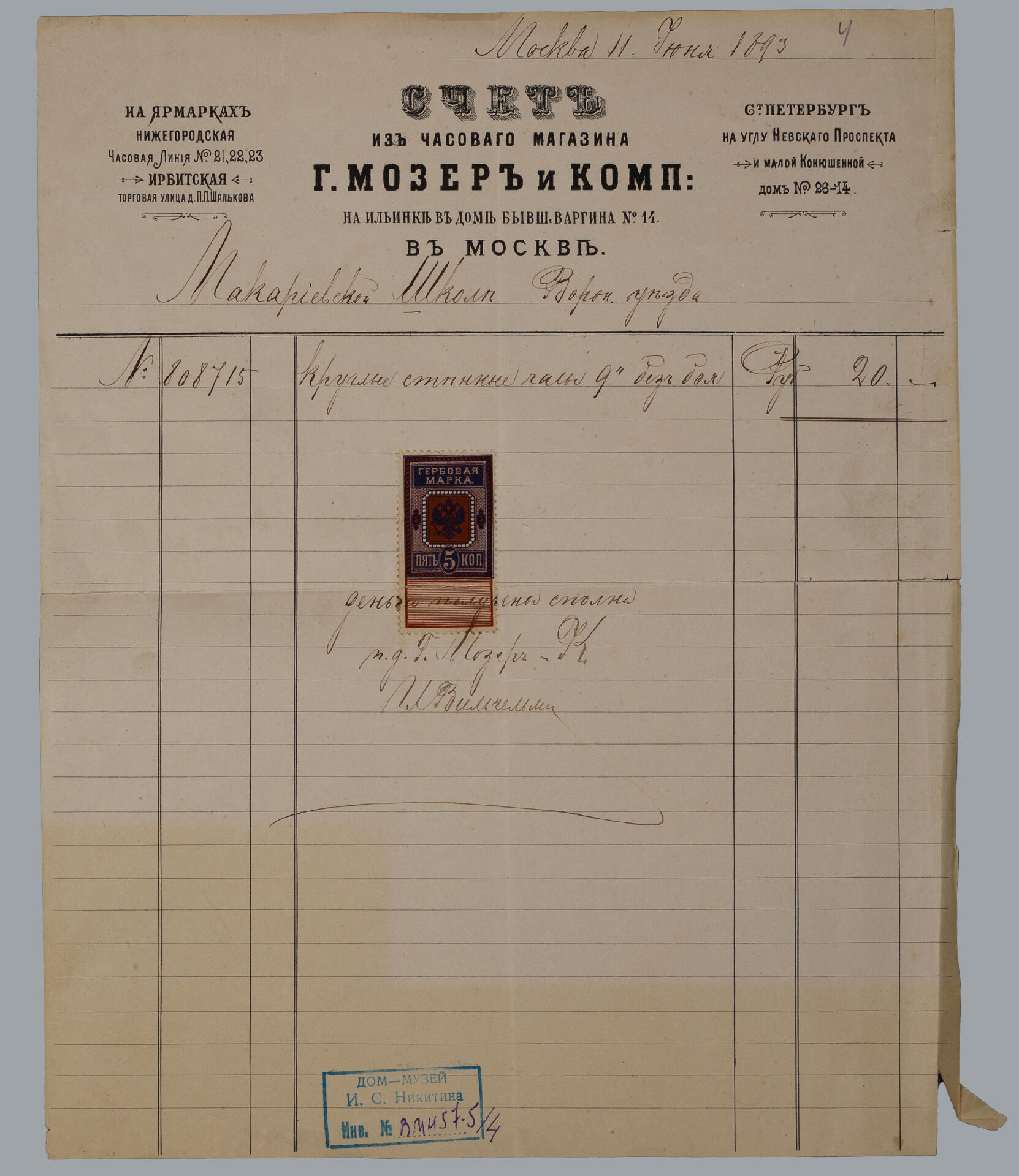In 1892, Alexander Ivanovich Ertel opened a school for 120 children in the village of Makarye, Voronezh Governorate. In his article “Makaryev Trusteeship”, published in the Russkaya Mysl (Russian Mind) magazine, the writer emphasized that “there has never been not only a zemstvo public school but just any decent school” in the Makaryev parish.
According to the plan of the organizers, the school was to have a moral, educational and aesthetic influence on the village. In addition to daytime classes with children, there would be evening conversations with adults, readings with a magic lantern, and various activities in the garden and orchard. It was also planned to arrange a library and an amateur theater at the school.
Ertel considered the external design of the school to be just as important: it should be spacious, clean and full of light so that the peasants were more willing to attend the classes. “The cold huts, filled with smoke and stench, where there is little room, the floor is always muddy, and the walls are covered with soot and dirt — one would inevitably dream of escaping such conditions”, he wrote in the article. “We wanted this escape to lead them not to a tavern but to a village school instead; even if at first they are at school only in their minds, when they compare their lives to what could have been, it’s still good — that’s how dreams are created.”
As soon as the benefactors (they were Varvara Alekseyevna Morozova and Sergey Vladimirovich Alekseyev) provided money for the school’s construction, the plan was drawn up, and the drawings of classroom furniture were made according to the Erisman table. Dry and clean pinewood was sent from the Oryol-Vitebsk railroad, other building materials were purchased, and craftsmen were hired.
The school building turned out tall and full of light, on a stone foundation, with two classrooms for 120 students, designated rooms for a library and two teachers, a spacious kitchen, hallways, and tiled stoves made of fireproof brick. Textbooks, furniture, and other household accessories were purchased for the school. In particular, “a round non-chiming wall clock” was bought, according to the bill from the H. Moser store on Ilyinka Street in Moscow.
The H. Moser clocks were extremely popular in Russia, as they were characterized by accuracy, reliability and durability. The Moser factory produced many types and modifications of chronometers: wall clocks, desk clocks, mantel clocks, pocket watches, wristwatches, chiming and non-chiming clocks, clocks with a repeater, chronographs, and perpetual calendar and moon phase watches.
Such clocks were affordable to wealthy people only. Ertle spent 20 rubles on the wall clock for the Makaryev school.

